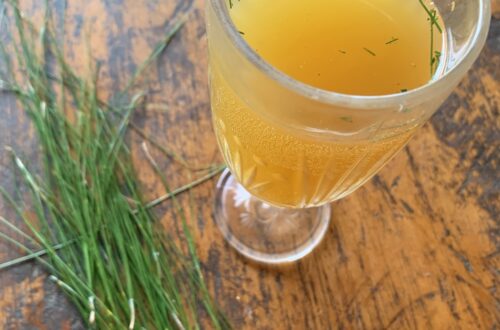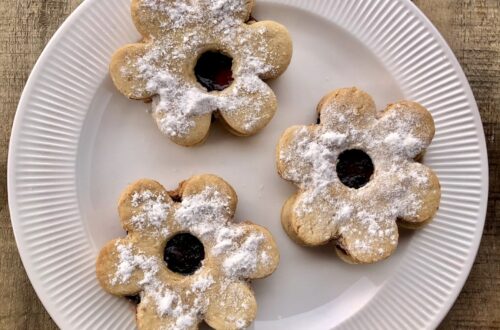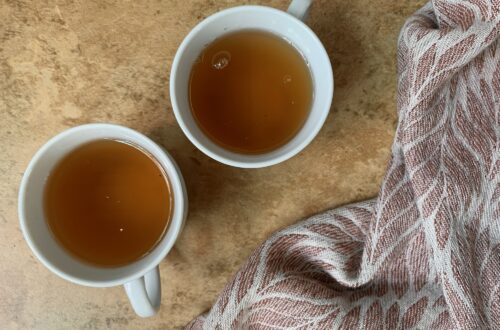Last Updated on October 26, 2025
As July fades into August, we enter the beginning of the harvest season, a time of transition, when the fullness of summer slowly gives way to the first hints of autumn. For centuries, this turning of the seasonal wheel has been honored with rituals of gratitude and celebrations. In the Northern Hemisphere, August 1st marks the halfway point between summer solstice and autumn equinox. This midpoint has long been a time to pause and give thanks for the Earth’s abundance.
Traditional Celebrations of the Harvest
In Celtic and European traditions, the first wheat harvest was honored with a festival known as Lammas (from the Old English hlaf-mas, meaning “loaf mass”) or Lughnasadh, named for the Irish god Lugh, a fierce warrior, craftsman, and deity of light. These celebrations marked both the first cutting of grain and the beginning of the descent into the darker half of the year.
Though customs varied by region and over time, some of the most common Lammas or Lughnasadh rituals included:
Bread Baking
Bread held deep symbolic meaning during Lammas. Families would bake loaves from the first grain of the season, often shaping them with symbols of the sun or fertility. In some communities, these loaves were taken to church and blessed; in others, they were offered to the land or shared among family and neighbors. Baking bread at this time of year is both a practical and sacred act, a way to honor the earth’s abundance and the labor that brings grain from seed to loaf.
Bonfires
Bonfires were lit on hilltops and in open fields as part of Lughnasadh festivals. Fire represented transformation, protection, and purification, and gatherings often included music, dancing, feasting, and storytelling around the flames. These communal fires also served as a reminder of the sun’s power as it began its gradual decline.
Corn Dollies & Harvest Talismans
In many regions, people crafted corn dollies or straw figures from the sheaf of the wheat or corn that had been harvested, weaving them into symbolic shapes believed to hold the spirit of the grain. These were kept through the winter and often burned or reburied in the fields the following spring, symbolizing the cycle of death and rebirth. Even today, making a simple corn doll or small wheat bundle can be a meaningful way to connect with the season and carry the essence of the harvest forward into the darkest months of the year.
Gathering, Feasting & Games
Lughnasadh was also a time for people to gather in community before the hard work of the full harvest began. Across Ireland and other Celtic regions, festivals were held where people would share food, music, and celebration. The festivities often included athletic games, storytelling, horse races, and music. These events were said to honor Lugh, who was known for his many talents. According to Irish legend, he established the tradition in memory of his foster mother, Tailtiu, a Celtic goddess associated with the land and abundance, who died after clearing the fields so crops could grow. The games and gatherings became a way to celebrate skill, strength, and the gifts of the Earth, while bringing the community together to honor the seasonal midpoint.
Herbs of the First Harvest
Herbs have long played a role in traditional celebrations, woven into rituals, feasts, and seasonal rites as symbols of the earth’s gifts and as tools for healing, protection, and connection. At Lammas the plants around us mirror the themes of this turning point: abundance, gratitude, and letting go.
This is a time when many herbs are in full bloom or just beginning to go to seed, marking the peak of summer and the slow tilt toward autumn. In folk traditions, plants were often gathered for magical and medicinal use at this point in the season—not only because they were at their most potent, but also because their energy was believed to align with the seasonal shift.
Some of the herbs traditionally associated with Lammas include:
- Yarrow – For protection and clear energetic boundaries
- Vervain – Used in blessing rituals and offerings to the gods
- Meadowsweet – Associated with joy, harmony, and sacred unions
- Mint – Believed to draw abundance and freshen the spirit
- Goldenrod – A symbol of prosperity, resilience, and radiant solar energy
Goldenrod: An Ally for Late Summer
With its bright yellow blooms catching the golden light, goldenrod echoes the very essence of sun-drenched late summer days. Traditionally, goldenrod (Solidago spp.) has been used to support the urinary tract, soothe sore muscles, and ease seasonal allergies. Energetically, it’s tied to prosperity, solar energy, and inner confidence. Its uplifting presence can soothe the spirit and help ease the seasonal transition, as the days begin to grow colder and darker.
Whether brewed as a tea, made into a tincture, or simply gathered into a cheerful bouquet, goldenrod invites us to soak up the last warmth of the season while gently preparing for what comes next.
Goldenrod Old Fashioned: A Lammas-Inspired Cocktail
One of my favorite ways to celebrate this cheery plant is in a simple seasonal cocktail that pairs goldenrod’s herbaceous, slightly bitter notes with the warmth of honey and whiskey.

Ingredients
Method
- Add the dried goldenrod to a heat-proof container and pour boiling water over it.
- Cover and let steep for 30 minutes, then strain through a cheese cloth.
- Combine the strained goldenrod infusion with honey in a jar and shake until well combined.
- In a glass, combine whiskey, goldenrod honey syrup, and bitters.
- Add a big ice cube and stir until chilled.
- Garnish with a sprig of fresh goldenrod, if you like.





